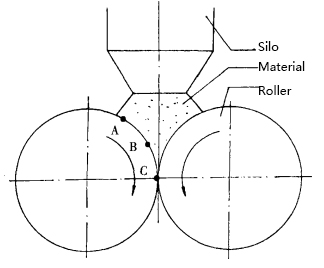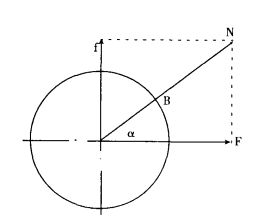Cold Briquetting From Fine Ore
The ore powder treatment and processing used in ferroalloy smelting generally adopts pellet and sintering process, and the pellet is divided into pelletizing and briquetting according to the briquetting method. According to whether the briquettes are roasted at high temperature and consolidated at low temperature after forming, they can also be divided into high temperature roasted, pre-reduced briquettes and cold pressed briquettes. At present, most of the fine ore treatment processes tend to pre-reduce and roast briquettes. Cold briquetting have the characteristics of low engineering investment, simple process flow, low labor cost and wide selection of powder particle size range, which cannot be replaced by other processes, especially in some enterprises with small investment scale and small powder ore treatment capacity.
1. Mechanism of cold briquetting
The mechanical strength of briquettes is the key to the success of this process. There are many influencing factors. For the equipment, there are mainly briquetting pressure, mixing and grinding time of materials and pellet drying and consolidation methods, among which the most important is briquetting pressure.
The process of cold briquetting is actually an alternating cycle process in which the ball pressing machine continuously pressurizes and acts on the roller material. The specific stress situation is shown in Fig. 1.


Fig 1: The action forces at A.B and C in double rollers. Fig 2: The resolve of force N of double rollers.
(1) At point A, the acting force N exerted on the roller mainly overcomes the sum f of the dead weight of the material and the body and the friction force of the material. The material is close to the central area along with the running counter roller by the dead weight and the pressure of the material column: f=Nsin
(2) At point B, the acting force N on the roller can be decomposed into friction force F and pressing force F to overcome the dead weight of the material and the body and the material. See Figure 2. As the opposite roller is getting closer to the central area, in addition to the continuous force F, it is mainly the pressing force F. N=F+f f=NsinF=Ncos. The roller prepresses the material and enters the meshing angle to formally press the ball.
(3) At point C, the counter-roller has entered the center point, and the pressing force of the counter-roller on the material is dominant and reaches the maximum value: F=Ncos (= 0)
That is, after reaching the values of manganese ore powder pellet pressure 500kg/cm2 and chromium ore powder briquette pressure 1000kg/cm2, through the action of this instantaneous linear contact pressing force, a single pellet completes the pressing process and falls onto the conveying belt after demoulding with dead weight and elastic force.
As the material enters the central area and is subjected to huge pressing force, the compression ratio increases sharply, which will inevitably cause sharp rebound according to Hooke's law, and the attack will be used on the counter roller to resist deformation, so the requirements for the ball press are relatively high.




